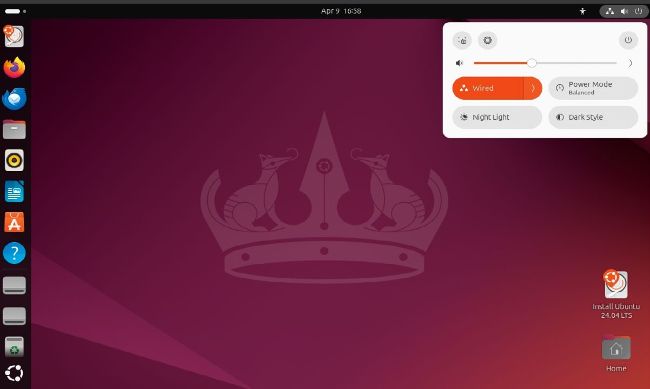Make way for nobility
Prepare yourself, mentally and digitally, for Ubuntu’s latest and greatest outing, Noble Numbat.

Ubuntu lets you sample the distro (or wreck it completely) without touching your system, using live media.
It’s that most special time of the year when Canonical releases a new Ubuntu LTS. This I time, the creature it has loosed unto the world is Noble Numbat. And what a fine specimen it is. OK, full disclosure before we get stuck in: we’re basing our evaluation on the latest daily images. So, we’re ignoring some rough edges as we’re sure they’ll be smoothed by the time you read this. This does mean we may miss any final flourishes the team is holding back until the final release, but we’re sure you’ll forgive us.